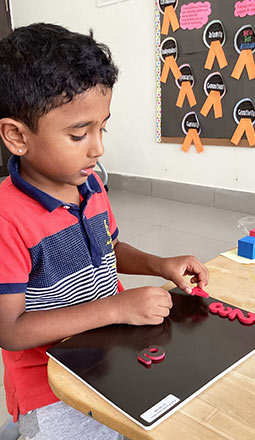Education is a space where I feel a lot is going on as far as the start-up world is concerned. We, as a country, are becoming more and more technologically enabled. More internet penetration and easier access to smartphones, grasping new age technology swiftly are certainly going to influence this field. Technology is one of the most powerful supremacy in today’s educational sector. With that, many schools are supporting greater levels of technology in the classroom by providing gadgets like computers, tablets, and laptops, improving internet access, and developing computer literacy programs for both teachers and the students. The involvement of technology in the modern classroom can help transform the whole learning experience from a classic teacher-centered to a student-centered experience by making the students take part actively in their learning. In a modern student-centered classroom, the teacher becomes more of a facilitator as the students engage with and implements the day’s lesson. For a teacher, there is nothing greater than seeing your students fully engaged and understand the technology smoothly. As the 21st-century era calls out, it becomes pivotal to understand that integrating technology into the classroom is by no means renewal for an effective teacher. To understand it in simple words, the ideal classroom environment would be one that is student-centered and indulges a careful blend of modern technologies with face-to-face communication. Modern technology enables teachers and students access to a variety of educational resources that inspire communication, creativity, logical and critical thinking, collaboration, and problem-solving skills. It promotes the incorporation and development of digital literacy. Technology expands learning beyond the text and far off the classic classroom walls. It helps students and teachers to build new online global communities. This in turn promotes a global awareness, which is necessary for a 21st-century education sector.
Altogether, paramount importance that while in school, students use tools that will best prepare them for their future academic and professional experiences. This merges a mixed blend of new technology and old technology. Integrating technology into the classroom environment provides students with a skill set to navigate through the variety of online tools we presently have. It also promotes teachers the opportunities to educate students on digital citizenship and many new challenges to academic integrity. Technology has a wide range of usage in 21st-century education-
- For example, online platform learning can be used to provide students with access to lectures, course materials, free certifications, and other resources. Additionally, online platforms can also be used to facilitate communication between students and teachers, as well as among classmates.
- Technology can also be used in the classroom to enhance learning experiences. For an instance, teachers can use interactive Flat Panel Displays/ whiteboards to engage students in lessons, and students can use laptops or tablets to complete assignments and take notes.
- Additionally, educational software’s used to help students to learn difficult concepts easily by using many interactive tools and features available on the platform.
Eventually, technology has the potential to play a significant role in 21st-century education by enhancing student engagement and facilitating learning in a modern way. Technology has become a powerful tool for transforming learning into a modern shape. It also helps in affirming relationships between teachers and students, reinventing our approaches to learning and collaboration, diminishing long-standing equity and accessibility gaps, and adapting technology in learning experiences to meet the needs of all enthusiast learners.
Every school curriculum around the globe is starting to adapt the modern change in order to meet the needs of 21st-century learners. It is important for teachers to elevate the curve and ramp up with current trends in order to deliver the most up-to-date education possible for their students.
There are some ways where the schools are integrating 21st-century education into their curriculum including using technology in the classroom with modern tools, teaching critical & logical thinking skills, and providing more project-based learning opportunities. In addition to this, schools are also engrossed in equipping students with skills that they will need in today’s era such as communication, problem-solving skills, and collaboration.
Another way to integrate 21st-century education into the curriculum is by emphasizing students develop modern skills by having them analyze and critique current events, debate controversial issues, and solve real-world problems. Furthermore, teachers can encourage students to be self-conceited learners and give them opportunities to research and explore topics that interest them. When students are given more liberty over what they learn and how they approach a topic, students develop the ability to be self-conceited learners who can think critically about their education. In turn, this helps students gain 21st-century skills that will help them succeed in the future such as problem-solving and collaboration.
Our schools, colleges, and universities should be brooders of invention and exploration. Teachers should be confederate in learning, constantly acquiring new skills, and seeking new knowledge alongside their students. Education leaders should set a prospect for creating learning experiences that enable the right tools and support for all learners to thrive for the betterment. However, to realize fully the benefits of technology in our education system and provide legitimate learning experiences, educators must use the technology efficiently and functionally. Additionally, education stakeholders should commit to working together to use technology to improve the education system by keeping 21st-century technology in mind. These stakeholders include everyone who is a part of systems like leaders, teachers, faculty, other educators, researchers, policymakers, funders, technology developers, community members, and organizations. The future of education technology is bright and encouraging. With the advent of new technologies in the 21st century, we have seen many changes in the education sector. From the use of computers and the internet to streaming video lectures, all these have made learning easier, reliable, and more accessible. With the introduction of 3D printers, we can now print models and even parts for machines, which can be used in practical classes or projects. The use of virtual reality is also gaining wide popularity as a way to simulate real-life situations using computer simulations. This can help students prepare for unexpected circumstances that could happen during an exam or an interview.
Hence, Schools must consider every possibility while integrating technology in the 21st-century classroom. Several schools have successfully implemented the latest technology in their classrooms. United world Academy is one such school. Keeping in mind the vast use of technology and its benefits, we ensure that the students gain a great deal from having their lessons delivered creatively and innovatively using technology in the classroom.
Famous saying: “The illiterate of the 21st century will not be those who cannot read and write, but those who cannot learn, unlearn, and relearn.” – Alvin Toffler









